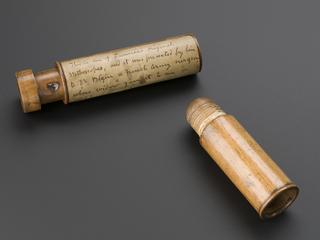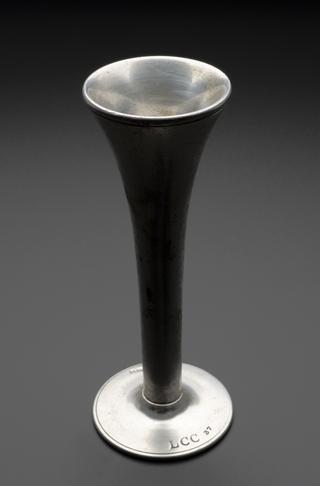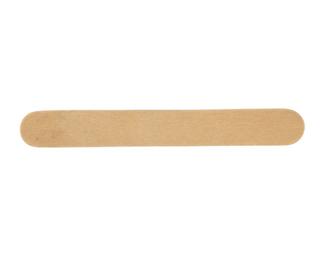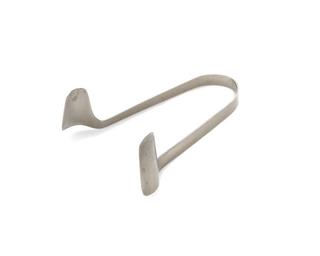
Paper for Mackenzie's ink polygraph
- Made:
- 1905-1915
12 rolls of paper in carton, for Mackenzie type polygraph, English c.1910
A polygraph was invented in the early 20th century to record the heart’s rhythms. It diagnosed irregular heart beats by tracing their pulsations onto paper. The earliest polygraph machine was created by Sir James Mackenzie with the assistance of Lancashire watchmaker, Sebastian Shaw. Mackenzie publicised his ‘ink polygraph’ machine in 1902, but it was not produced commercially until about 1910.
A diary belonging to Mackenzie was discovered a few years ago in the Radcliffe Infirmary in Oxford dating from 1905. It details the life of a doctor at the time, but also refers to his ‘new method’ of diagnosis. However, it was not until he moved to London in 1907 that he made his name as an authority on pain and heart disease. A polygraph machine is also used as a basic lie detector test. A polygraph detects physical changes in the body to determine when a person is stressed, which is an indication of lying.
Details
- Category:
- Clinical Diagnosis
- Collection:
- Sir Henry Wellcome's Museum Collection
- Object Number:
- A661147/5
- Measurements:
-
overall: 40 mm x 150 mm x 190 mm,
- type:
- paper (fiber product)




